Perfect Blue (Satoshi Kon, 1997) is a psychological thriller produced by the animation studio Madhouse. Inspiring future directors such as Darren Aronofsky to create the likes of Black Swan and Requiem for a Dream, Perfect Blue is not only a staple of the medium of anime, but a staple of the psychological thriller genre as a whole.

We follow our protagonist, Mima Kirigoe as she decides to leave the Japanese pop idol group ‘CHAM!’ in order to pursue an acting career. As the film progresses, Mima begins to notice things out of the ordinary and becomes victim to stalkers. Additionally, brutal murders begin to occur and Mima begins to lose her grip on reality.
The film tackles many powerful themes, predominantly the idea of appearances vs reality and preserving your idealistic ‘avatar’. Since its release in 1997, this idea has only become more apparent in today’s online society as we all carefully purport a sense of flawlessness through the use of social media.
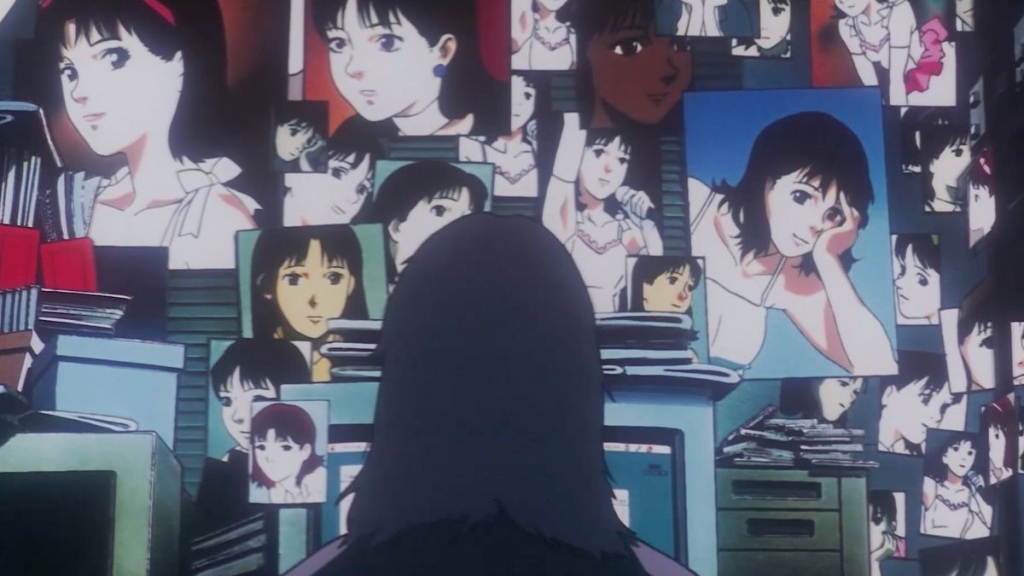
Throughout Perfect Blue’s mere 80 minute runtime, Kon manages to tell an enthralling and captivating story through a number of interesting techniques. Through clever use of editing, you never quite know if what you’re seeing is the reality of the situation or whether it is merely the distorted perception of the world Mima holds. Kon takes inspiration from auteurs such as Lynch and Kubrick to construct a mind-bending mystery.
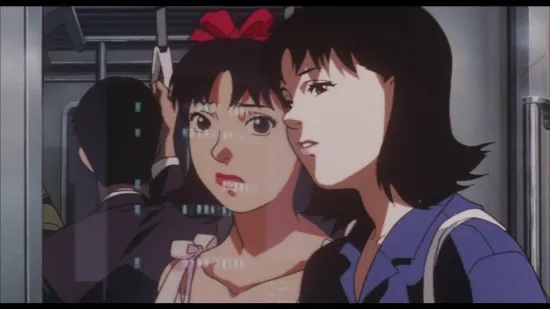
Cinematographer Hisao Shirai also does a fantastic job throughout the film. In the above picture, Shirai expertly makes use of reflections to reinforce the main theme of duality throughout the film. Furthermore, the way the light reflects the exterior buildings in the window makes for a breathtaking visual and keeps you intrigued.
Satoshi Kon’s striking debut film led to the aforementioned Darren Aronofsky buying the rights to Perfect Blue, primarily to recreate the infamous bathtub scene in Black Swan. In addition, both films contain a colour in the title as well as a similarly named central protagonist (Mima and Nina) obsessed with achieving perfection.
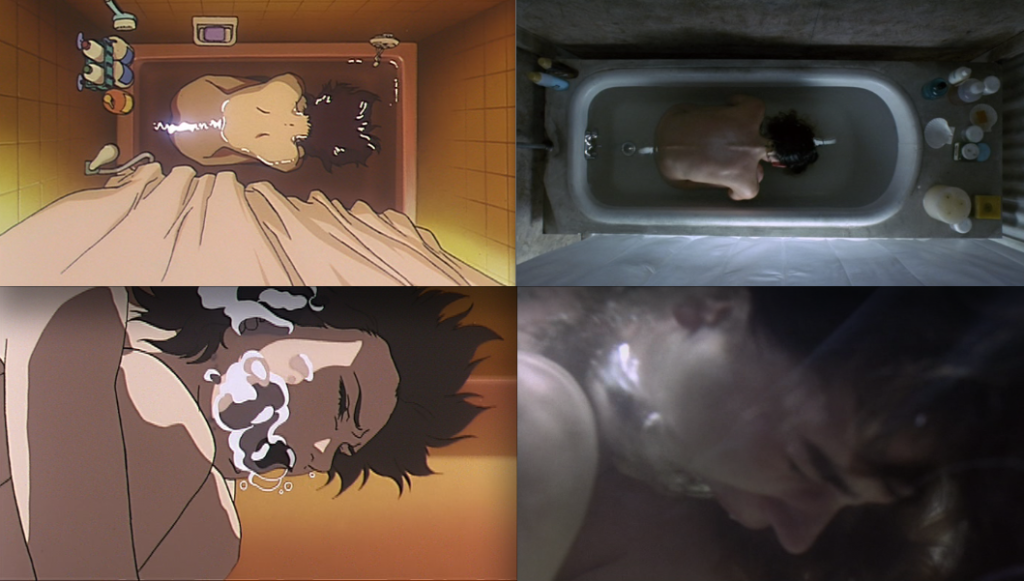
Overall, Perfect Blue is a fantastic film that does not overstay its welcome and expertly crafts an emotional and psychedelic mystery. Mima’s character is subtly developed throughout and the film carefully rises to a shocking crescendo presented in the final act.
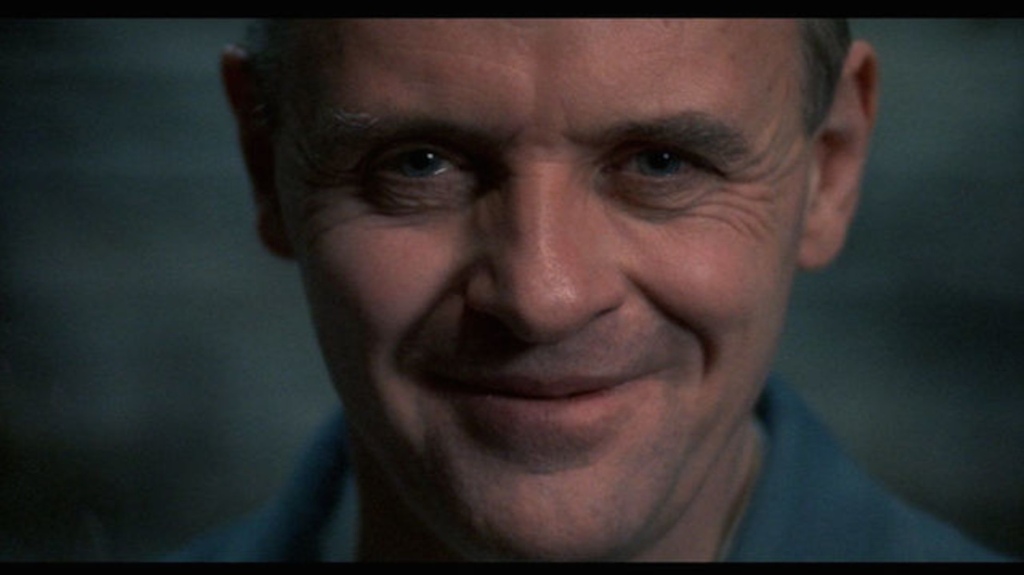
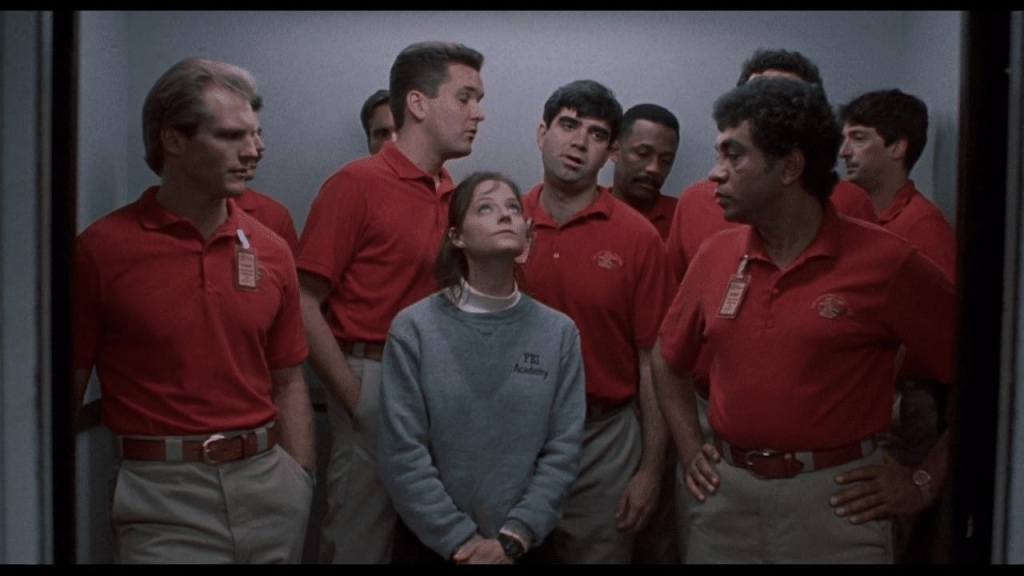
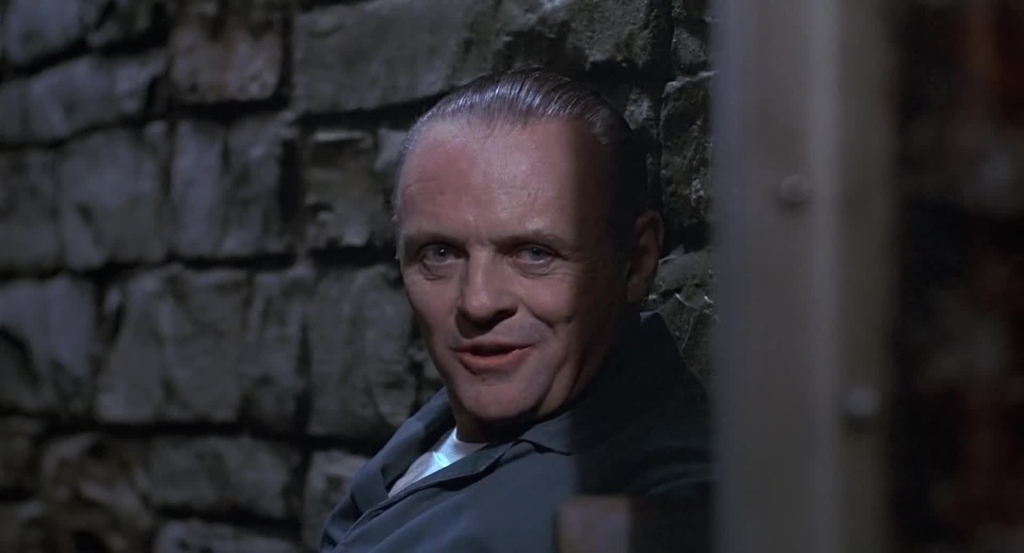
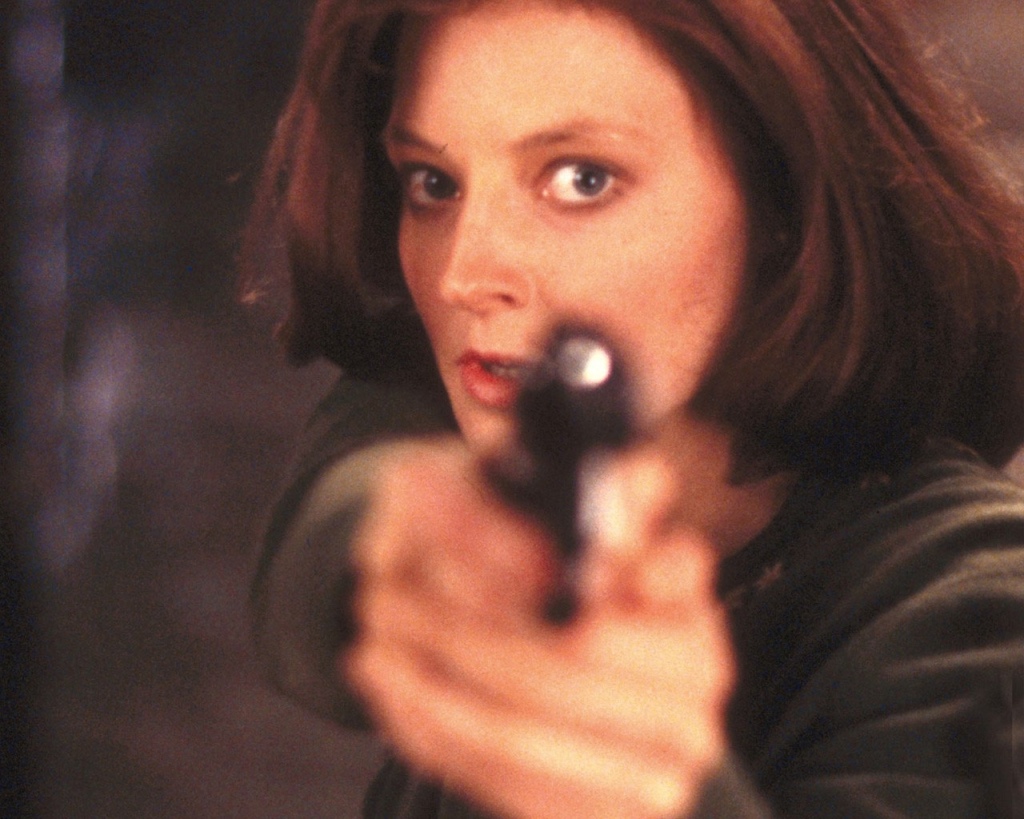
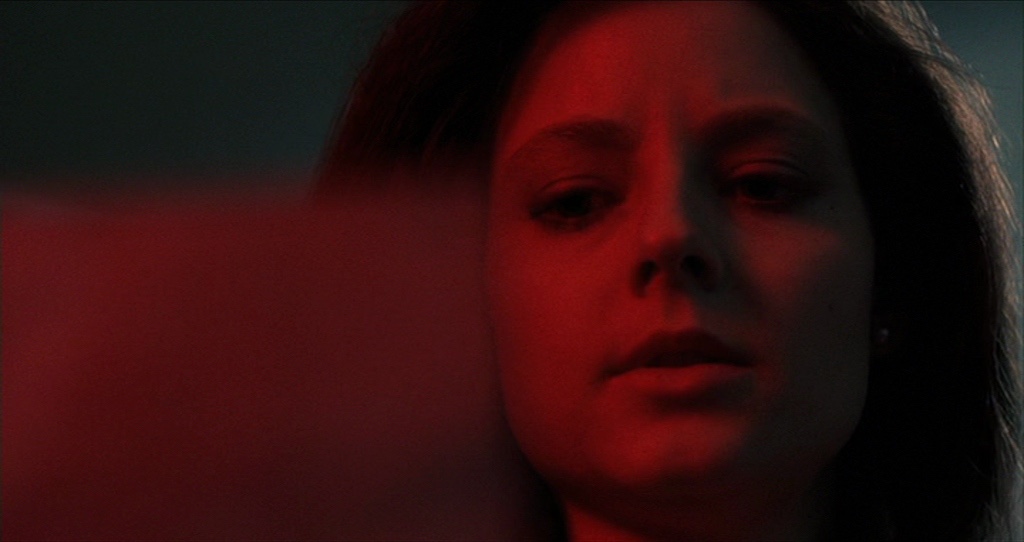
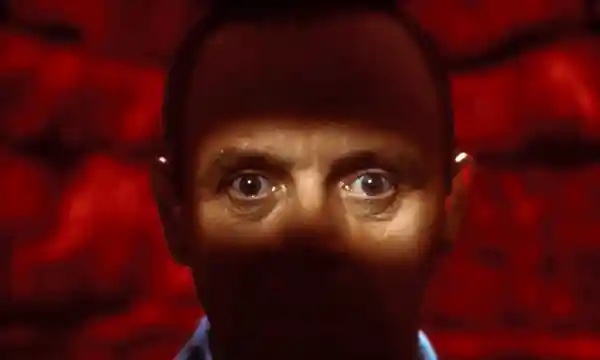
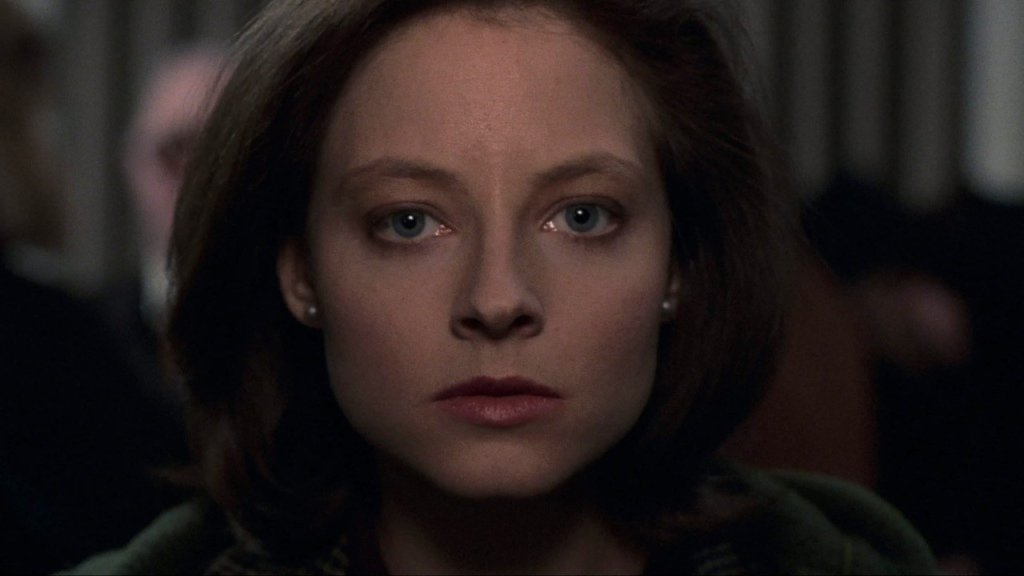
You must be logged in to post a comment.